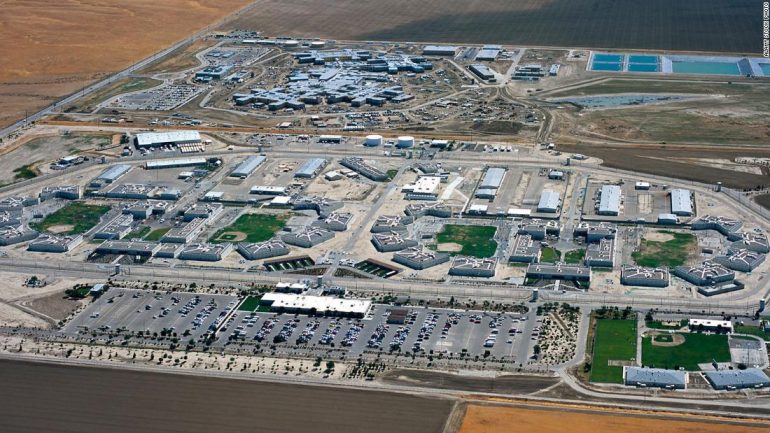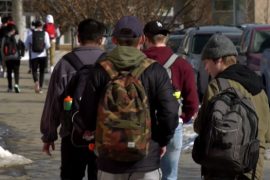That means California’s total number of inmate infections is now up to more than 22,300, including 90 deaths.
That translates to about 227 Covid-19 cases per 1,000 over the course of the pandemic — or some 20% of the total inmate population, according to the California Department of Corrections and Rehabilitation (CDCR). Statewide among the public, that number is about 32 cases per 1,000 people.
The soaring numbers across prison facilities come as local and state officials are also trying to control a rampant spread across California’s communities. On Friday, the state shattered its previous case record, reporting more than 22,000 new cases. Hospitalizations are also at record-high levels, with more than 9,900 Covid-19 patients across the state — about 2,200 of whom are in intensive care units.
A grim warning came weeks ago
In late October, the Office of the Inspector General released a report warning the state’s corrections department of a coming outbreak.
“Our staff observed that staff and incarcerated persons frequently failed to adhere to those basic safety protocols,” such as physical distancing and the use of face masks, the report read. In addition, the Inspector General found examples of broken thermometers and insufficient screening procedures.
About 70% of the current Covid-19 outbreak is concentrated in about five of the state’s institutions — which also have some of the highest rates of inmate overcrowding. Meanwhile, the nine prisons that have been hit the hardest in the pandemic have reported capacities of at least 120%.
Pleasant Valley State Prison in Fresno County, at 122% capacity, currently has the highest number of Covid-19 cases, with 992 of 2,833 inmates infected with the virus.
On November 15, Pleasant Valley had about 27 cases. Two weeks later, it recorded 457 active infections. And that number has since double in a week.
That meteoric rate of transmission has become all but typical in most California prisons, which have little access to physical distancing and poor ventilation.
“We’ve known since the start of the pandemic what’s needed to be done, and it hasn’t been done,” she said.
The efforts made to reduce population numbers
The state’s prison system has worked to combat potential outbreaks by reducing the number of total inmates, which currently sits at a three-decade low of 97,889 — down from about 121,034 in March, according to the corrections department.
But a wave of early releases has slowed in recent months, including for high-risk and elderly people.
Court documents show 450 people were released early between October 5 to November 4, down from 4,421 between July 10 and August 9. The state also has stopped awarding credits which led to some 2,100 early releases over the summer, according to the corrections department.
“We have implemented robust response and mitigation efforts across the system, including mandating the use of procedural (surgical) masks by all staff in our institutions, anyone entering institutions grounds is screened both verbally and by temperature check, and conducting staff and inmate testing regularly,” said Vicky Waters, a special adviser at CDCR.
In addition, jail intakes have been suspended as of November 26, she said.

Devoted web advocate. Bacon scholar. Internet lover. Passionate twitteraholic. Unable to type with boxing gloves on. Lifelong beer fanatic.





